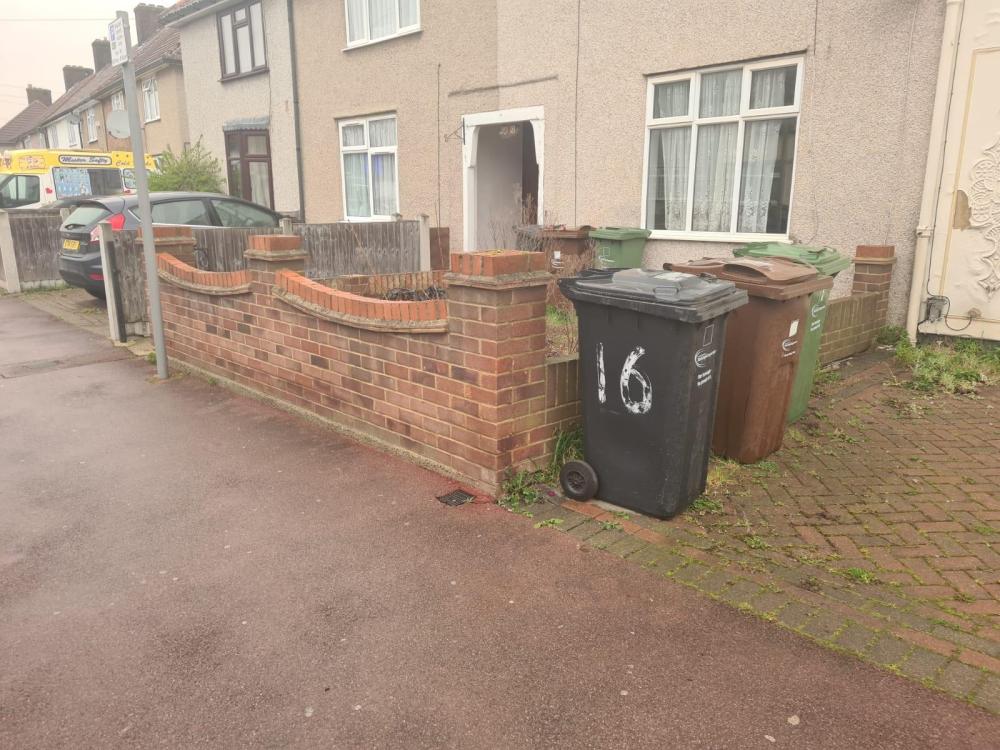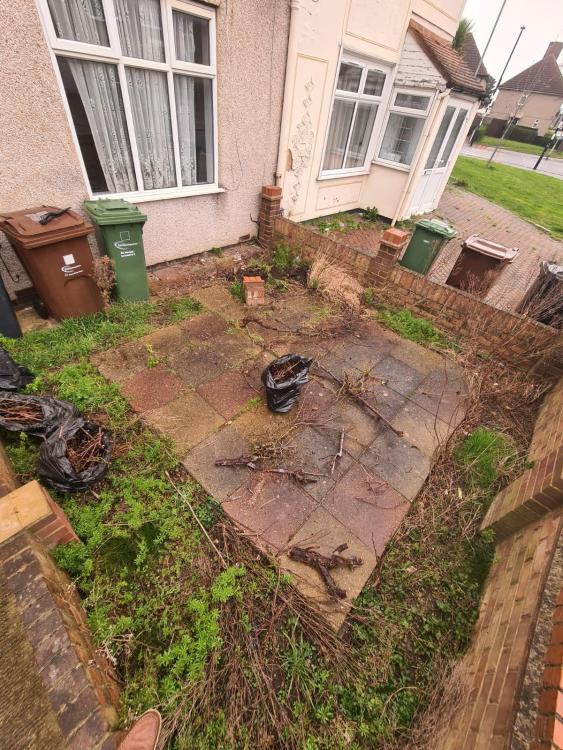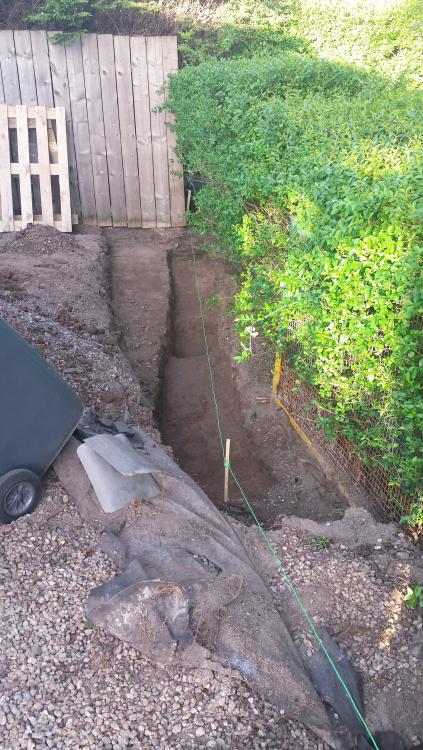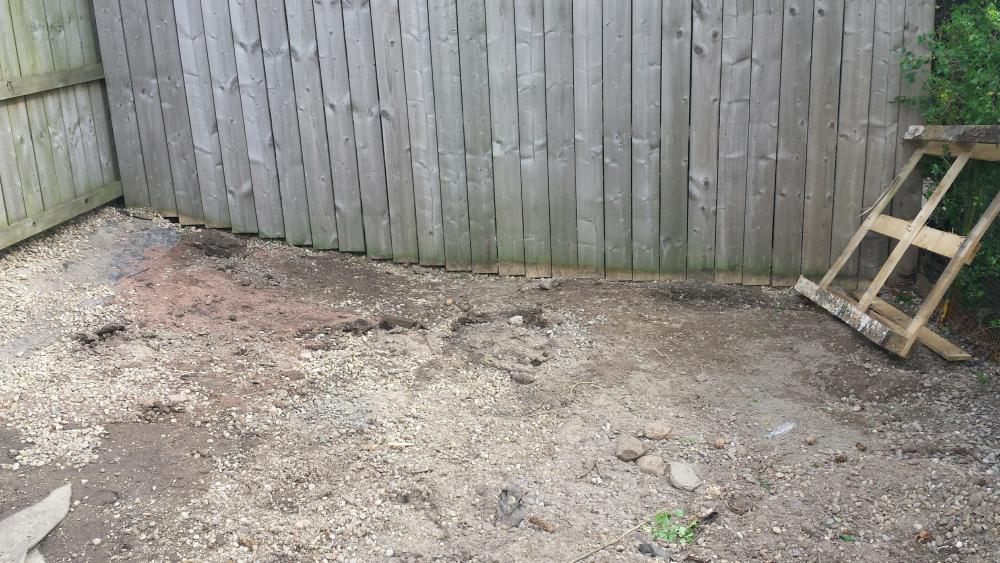Search the Community
Showing results for tags 'block'.
-
Hi guys I'm interested in doing my driveway with block paving porous It's 4.5m vs 4.5m roughly I'm a total beginner and never done anything like this before. I've been quoted 4k odd to do this which is a lot Photos attached Any types or guidance would be greatly appreciated 🙏
-
Hi everyone I'm stuck with my construction method and insulation... Please can you help me with the pros and cons? I'm getting a lot of mixed reports from the things I'm reading and the people I'm speaking to! Background: I have just bought a 1950s house in Hertfordshire, cavity wall construction, completely uninsulated. It's in pretty good condition structurally, but hasn't been touched since it was built. Project: I will be completely renovating and modernising the property, taking it back to brick, moving a lot of internal walls, new plumbing, wiring, windows, doors, floors, ceilings, etc. Oh, and getting rid of the asbestos! I will also be adding a 4x10m double storey extension on the back. The back of the house is South-facing. Externally, I want to finish the house in a combination of brick slips and render. (I don't like the colour of the current brick that is used). I will also be retiling the roof, and adding a couple of gables over the rear extension. I want to take a fabric first approach to the build to make it as energy efficient as possible (within reason and budget constraints). I am not trying to take it to PassiveHaus or EnerPHTT standards at all, but I would like to try and achieve the best I can afford to do that makes sense and isn't over engineering it at large costs for the sake of small incremental gains. I also really want to install MVHR. Where I'm at: My plans are still awaiting approval, but I want to crack on with structural calcs and BC drawings. However, unless I tell them otherwise, the extension will be specified to built in cavity wall construction, and the specifications & details will just be to satisfy normal building regs. My thoughts were that I would full fill the existing cavities in the existing house, then wrap the whole house in EWI. Insulation material for both the cavity fill and EWI is TBC. Questions: What should I build the rear extension in, and how should I insulate? Brick & Block with cavity? I assume this would be easier to tie in with the original house, as it is the same construction method as the original, and would be easier to find tradesman for this as it is the most common. If I do this, I assume I would then continue the same full-fill of the cavity and EWI as per what I plan on the original house? Single Block with EWI? Given that I want to use EWI on the existing house, perhaps it doens't make sense to build the extension in cavity brick and block, and instead I could use a single blockwork and continue the EWI on that? A different monolithic single block construction method? E.g. the JUWO evolved SmartWall? (https://evolvedsupplies.co.uk/juwo-evolved-smartwall). The sales materials sound convincing (obviously!) as it seems it would be cheaper and quicker to build the brick and block, provides a slimmer finished wall, has better thermal properties and means I wouldn't need to use EWI on the extension as well. But don't know if that is just all hot air (pardon the pun) and also don't know if that might give me an issue in the future with lenders and insurers? Timber Frame? I've been told that this could be cheaper and quicker to build, and could be more thermally efficient? But it could be difficult to tie in, and I'm unclear if just insulating the frame is enough or if you would also wrap EWI over the outer leaf before finishing with the brick slips and render? I'm also getting confused re thermal mass, and whether it is good or not to have!! My original thinking was that a solid wall from e.g. bricks, blocks, concrete, etc has a great thermal mass and therefore will store the heat generated inside and outside and release it slowly during the day, keeping it warm in winter and cool in summer, and creating a cosier environment etc. i.e. construction using materials with a higher thermal mass is a good thing. However, when researching timber frame construction, I'm reading that their lower thermal mass is a good thing, and is more likely to create a better living environment than with a solid-wall construction method! Argh!! Regarding insulation, I'm also getting mixed reports re products, so any advice there is appreciated! Looking forward to hearing your views! Thanks in advance
- 25 replies
-
- timber
- renovation
-
(and 3 more)
Tagged with:
-
Well those of you who read my introduction may well know that I am planning on building a new garage and converting a sun room into a proper room for a new kitchen. Anyway, I have started the garage, although I still have no planning permission I have started the ground works, even if there are changes in the proposed garage much of what I have done so far still needs to be done - even if we were outright denied planning I would still pave this area for parking - hence works not a waste. I have not fully exposed the site to keep the garden secure for now but I have cut in most of the shear key for the concrete and then dug the trench for the rear found - it needs squared off etc. but that was the first dig to get it all into rough shape. I will have a 1.5ton excavator soon so I can scrape the rest of the site, I am also building up the lawn/dropping the patio as part of these works so the current lawn will be dug up, then a deeper hole or trench dug that the gravel from the garage site can be dropped into a good few feet down (if it was cleaner I would have used it for the first layer before hardcore for the concrete - I guess I still could), then working carefully I will then scrape the good topsoil off and that can go into the lawn. Then I will lift a big patio, scrape the sand and whatever else is down there off, if good sand I will work that into the soil for the lawn, then basically pull the whole patio area down into the current lawn, I will then basically accept whatever level that leaves me with, but it will be the same level throughout with a very slight incline to the garage. I will keep this posted as stuff happens. This will be a true build thread and it will be slow as I am doing it after work and weekends as well as other projects and interests.
-
Hi, We have had the heating running for around 7 days and the interior temperature of the house was around 11 degrees today according to the builder, the outside temperature has collapsed to 3 today. This is clearly not helped by them being in and out all day leaving does open etc. Also the front door is not in so it is just a frame with waterproof sheeting over it.(It may be in now) the MVHR is not on etc. I tried to calculate how much energy required to get the house up to temperature. I reckon there is around 600tonnes of concrete and blockwork inside the heated envelope. This would require around 3000kwh of heating to raise the temperature 20 degrees. Plus any heat losses which are probably running at a few hundred kwh per day in the current unfinished state. Heating up the air will require a negligible amount of energy in comparison. Does anyone have any experience of heating up a blockwork or ICF house and how long it took to get up to temperature. We need it to be in the high teens by Tuesday for the kitchen to go in. I had not really considered this but due to the much higher weight of this kind of construction, even if it is as well insulated as a wooden house it will require much more energy for initial heat up. The heating went off at one point after running through 2 large bottles of Calor gas in a 4 days. That seems to be around 1300 kwh of gas We are restricted on how much we can turn up the heating flow temperature so as to not cause cracking. I thought this was not a problem as the flow temperature should not have to be high. This is true once the house is up to heat but starting from a low temperature I am worried that the 30-35C flow I think we are running will not be enough to heat the house up quickly.




